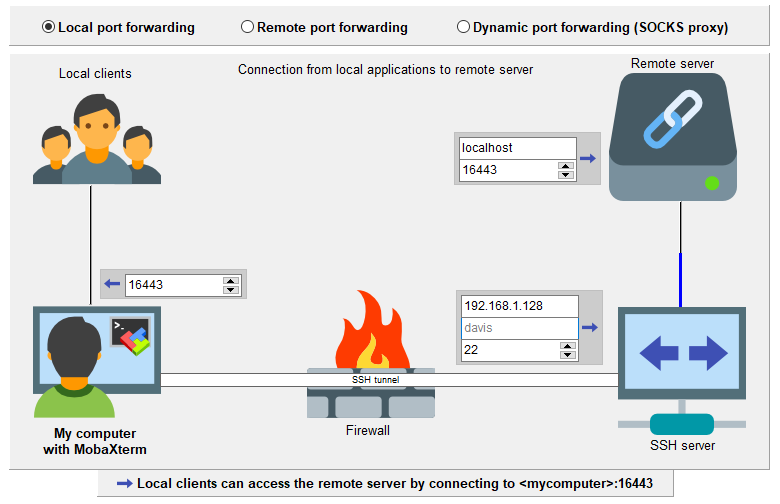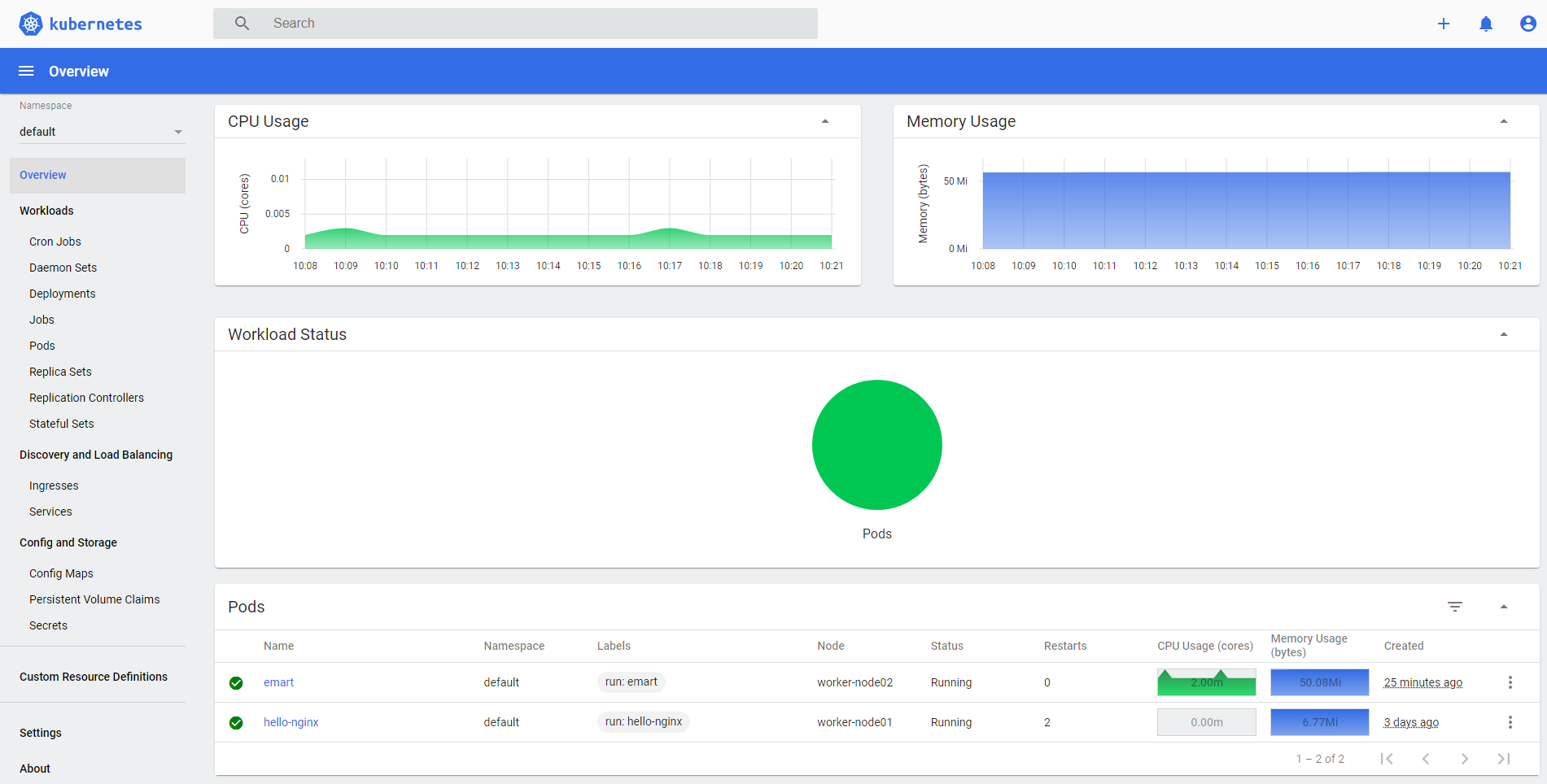
- Kubectl ssh tunnel how to#
- Kubectl ssh tunnel install#
- Kubectl ssh tunnel pro#
- Kubectl ssh tunnel verification#
- Kubectl ssh tunnel download#
See kubeadm init -help for more information. Run kubeadm init again and supply the public IP via -apiserver-cert-extra-sans Now you'll no-longer need to use -insecure-skip-tls-verify

If you're using k3s instead of kubeadm, you can edit the TLS SAN value in the k3s system unit file and restart k3s, see systemctl cat k3s ExecStart=/usr/local/bin/k3s \ Option B) Add a TLS SAN address to Kubernetes You can edit the kubeconfig file and add insecure-skip-tls-verify to the cluster's entry, for example: - cluster: Use the -insecure-skip-tls-verify flag with kubectl kubectl get pods -A -insecure-skip-tls-verifyĪdd insecure-skip-tls-verify to your KUBECONFIG file
Kubectl ssh tunnel verification#
Once you've picked an option, why don't you test that you can access your cluster by re-connecting from a coffee shop, a different WiFi network, or your mobile hotspot? Option A) Disable TLS verification for testing only The third approach is more advanced, and requires some additional setup. The first approach involves disabling TLS verification, and is only suitable for testing, not for production use, since you will want TLS verification to avoid man-in-the-middle (MITM) attacks.

You may see an error about the public IP not matching the TLS certificate, there are two ways you can resolve this. Now that you hvae a tunnel established between your client and the exit-server you provisioned, you can access your tunnel remotely.
Kubectl ssh tunnel install#
If you're using k3sup, you can get the config with k3sup install -skip-install -ip $IP -user $USER, which simply reads back a remote KUBECONFIG from K3s using SSH. Now edit and replace its IP address with the IP of the public node. Get the KUBECONFIG fileĬopy the ~/.kube/config file from your Kubernetes host to your laptop. It just shows that we need to get a valid kubeconfig file. You'll see an error saying access denied, that's fine. "message": "forbidden: User \"system:anonymous\" cannot get path \"/\"", The tunnel is now established and you can use curl to test it. The -upstream variable can be set to the IP address of your computer, or you can try using localhost.Set export PORTS=6443" - the port of the apiserver in Kubernetes.
Kubectl ssh tunnel download#
You can provision tunnel servres on to other clouds, just run inletsctl create -help to see a list of what's available.Īlternatively, you can simply create your own server or VPS, and download the inlets-pro binary there instead. The inletsctl project automates all of the above, and sets up a systemd unit file for your inlets-pro tcp server process.

Inletsctl delete -provider digitalocean -id "175227193" inlets-pro exit-node summary:Īuth-token: fKuyjI4QY12zDyU6Kjwyo圆sPgIf65wY1eVGTGDVK9nRWsRbBBI1pACNMRTLnJKkĮxport TOKEN="fKuyjI4QY12zDyU6Kjwyo圆sPgIf65wY1eVGTGDVK9nRWsRbBBI1pACNMRTLnJKk" Don't run this command yet, but take a note of the token and -url. You'll see output like this when your tunnel server is provisioned. access-token-file ~/Downloads/do-access-token \ -provider - run inletsctl create -help for a list.-access-token-file - get this from your cloud provider's dashboard.-upstream - find the IP of your primary Ethernet adapter, for a home network this may be something like 192.168.0.10.Now provision an exit node to a cloud provider such as DigitalOcean. It will ensure you have the latest fixes and changes. On the Kubernetes host install inlets-pro and inletsctl, make sure that you run this command, even if you already have the tools. Our laptop will connect to this address to access our private cluster. We'll start by creating an exit-node which will run the inlets-pro server. A KUBECONFIG file at $HOME/.kube/config.On the private host behind a firewall/NAT where Kubernetes is running, you'll see two things:
Kubectl ssh tunnel pro#

So whether you're running on-premises, with minikube, Docker Desktop, K3d, K3s, Microk8s, or even on a Raspberry Pi, read on to see how it all works. You can also use it to punch out from one VPC to another, if the hosting VPC doesn't allow inbound connections.
Kubectl ssh tunnel how to#
This tutorial shows you how to punch out your private Kubernetes API server to the Internet, so that you can manage your cluster from anywhere, just like you would with a cloud offering.


 0 kommentar(er)
0 kommentar(er)
